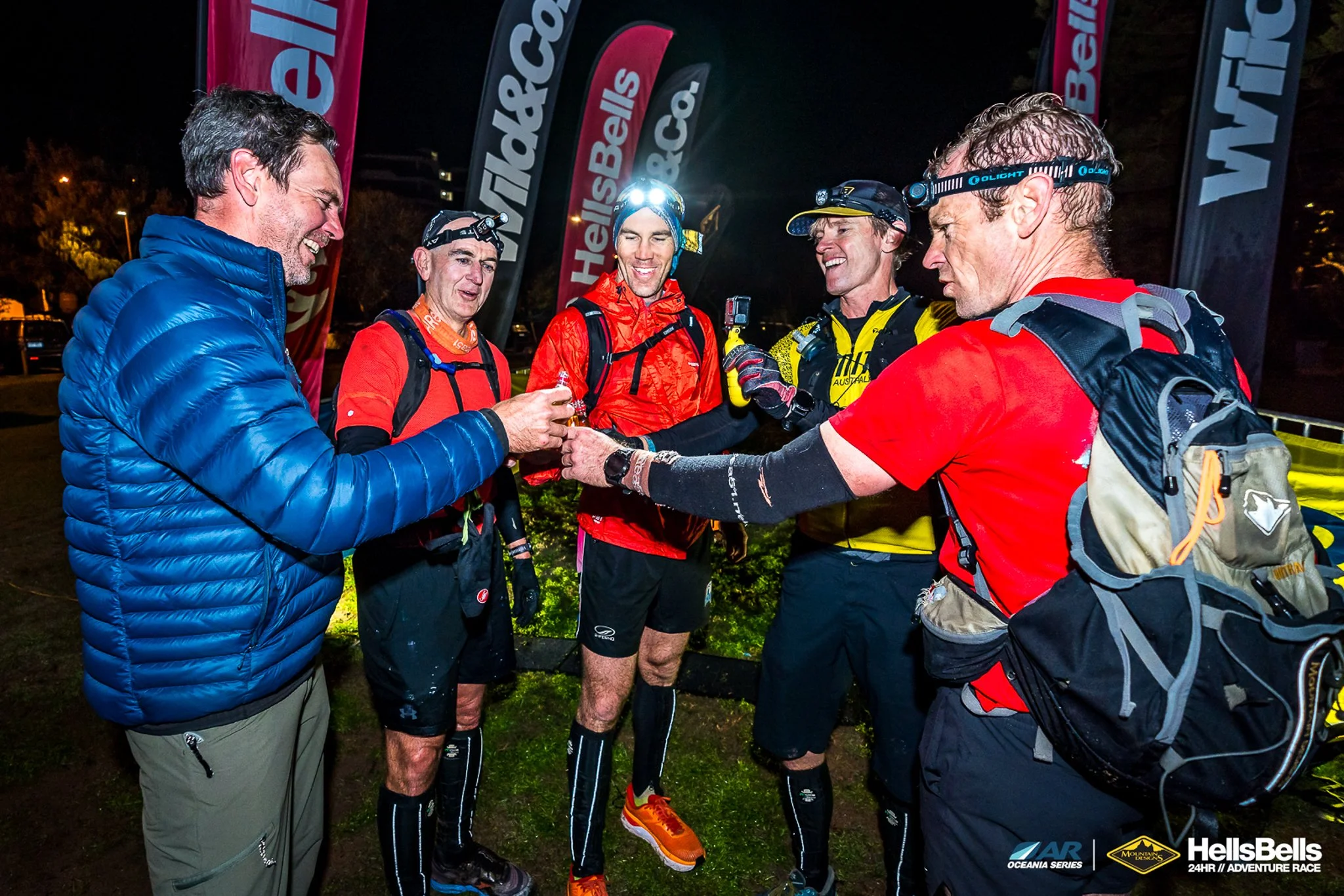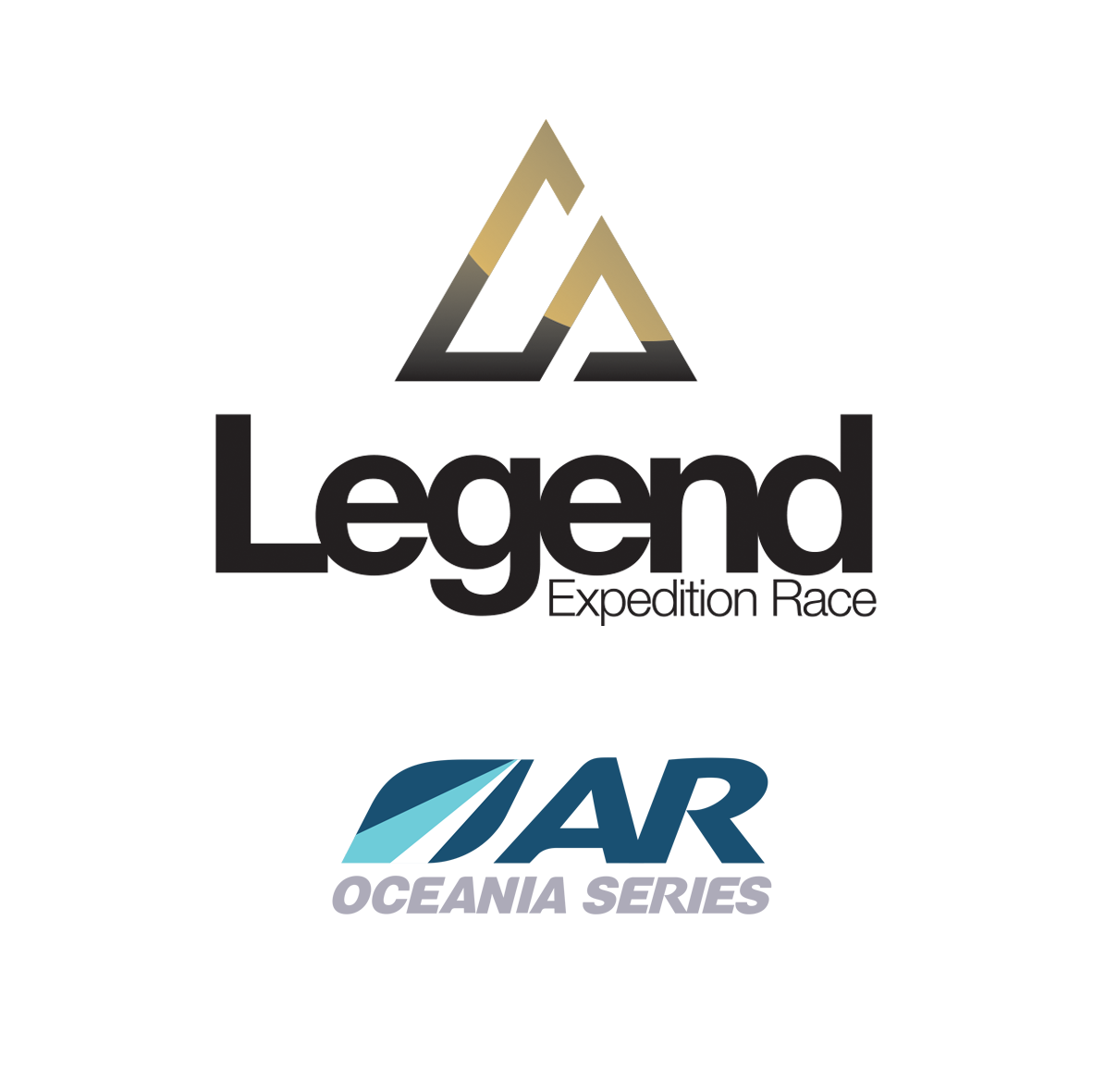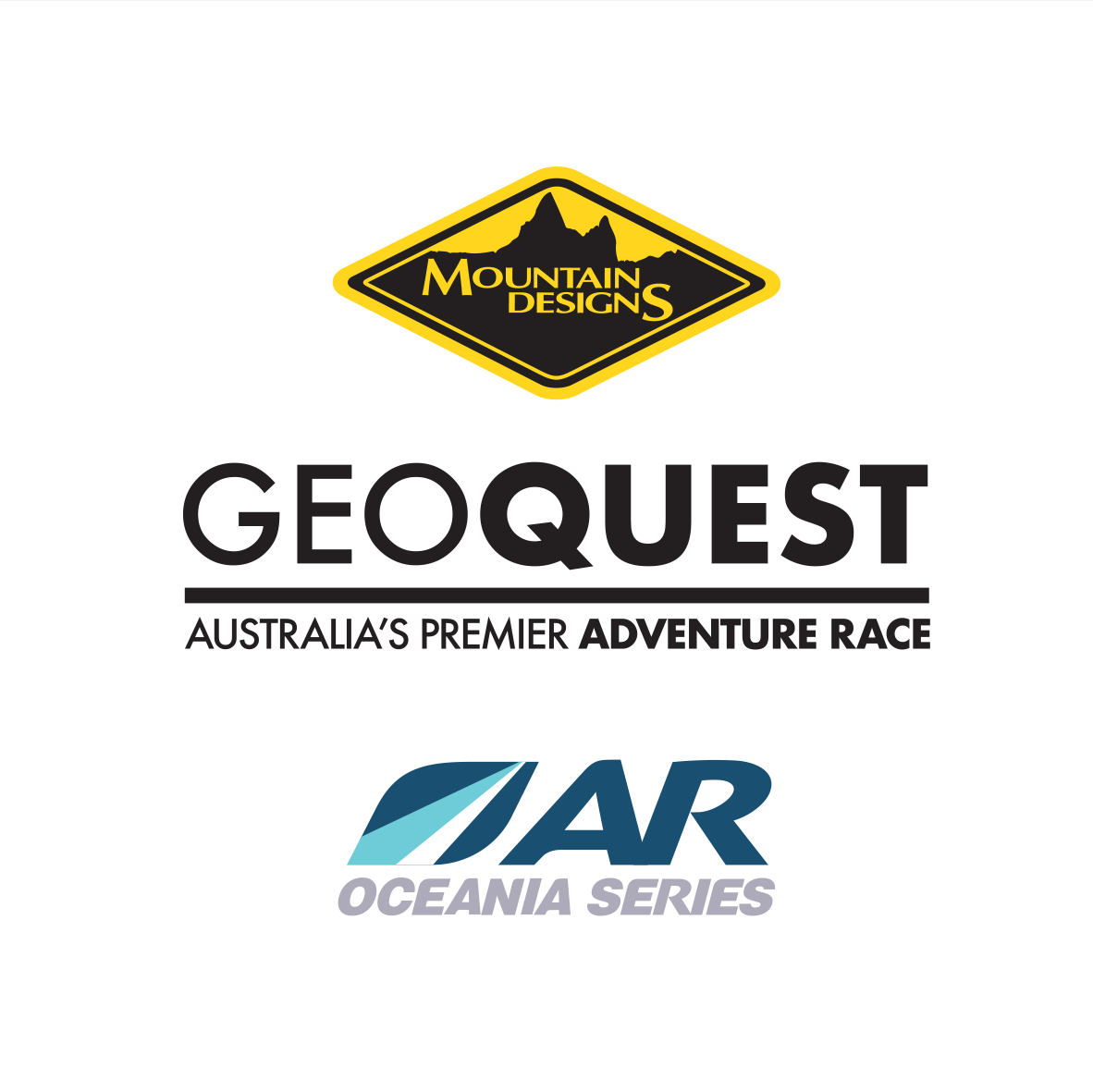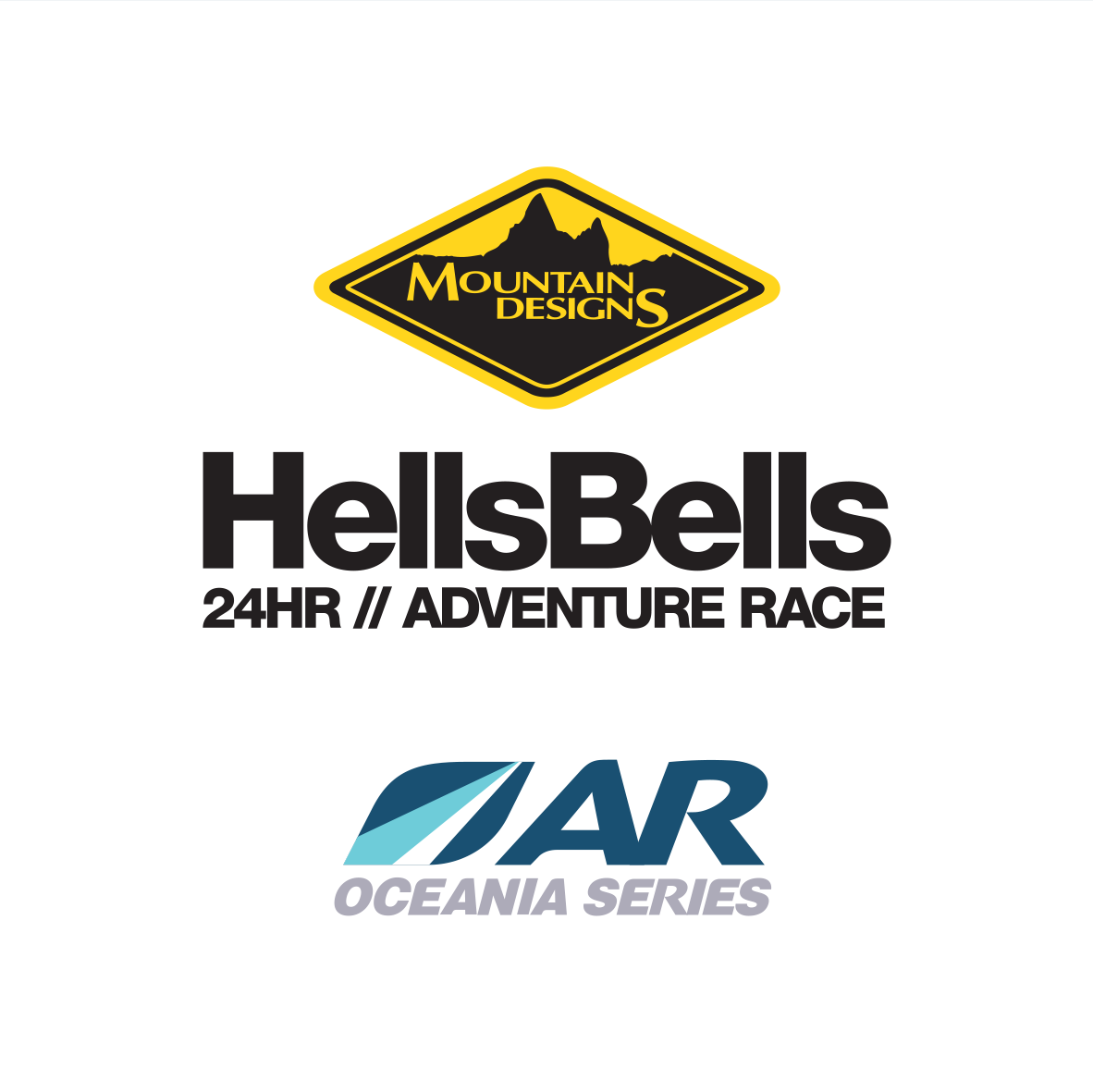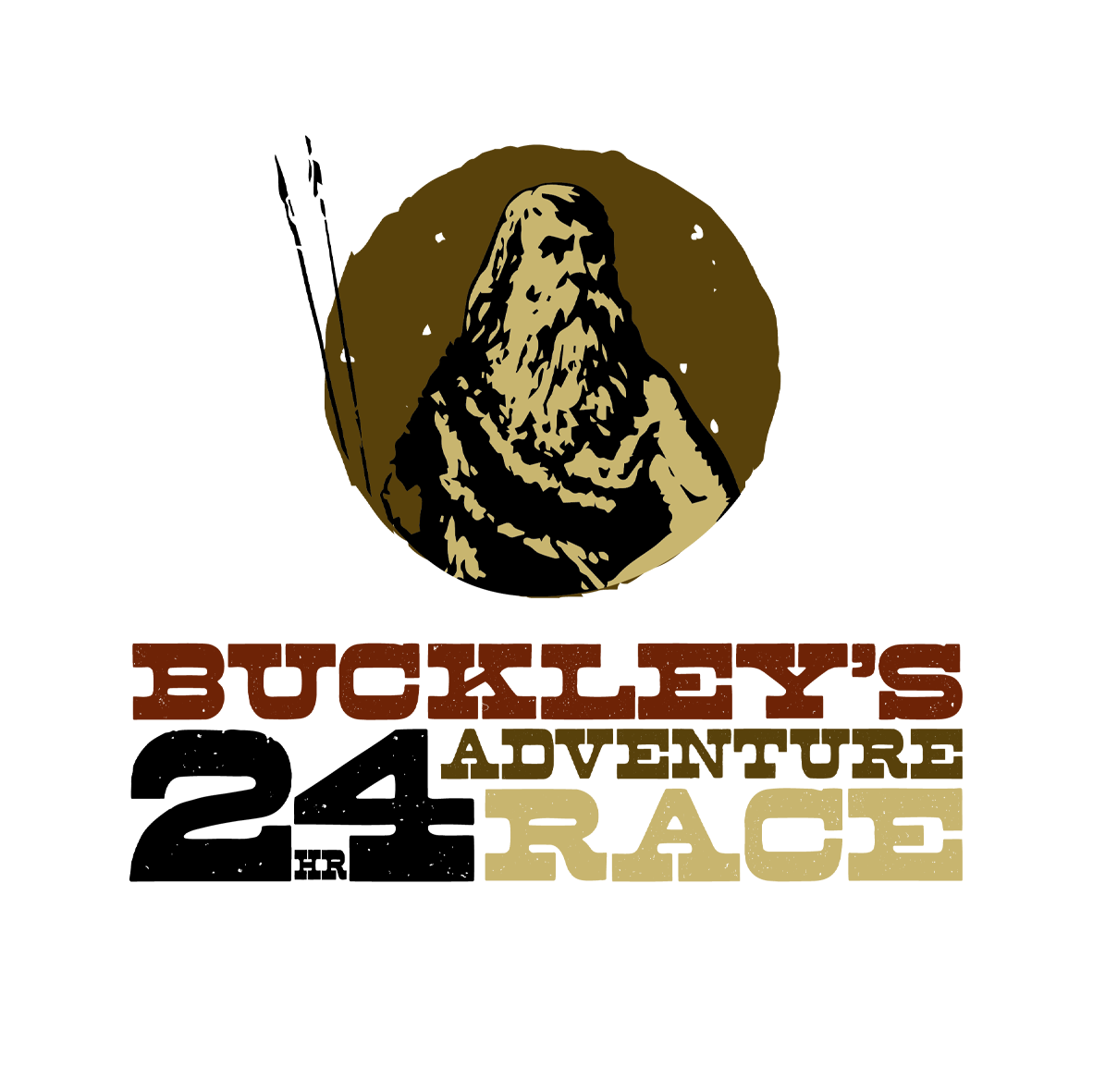Sunshine Coast team ‘Yeah the Chatter’ know how to get on the podium.
Taking Adventure Race Training to the Podium Level: An Elite Guide
So—you’re not just here to finish. You’re here to compete. If you’ve already got a background in marathons, ultra-trails, Ironman triathlons, or elite cycling and kayaking, then you know the grind. But adventure racing is a different beast: unpredictable terrain, sleep deprivation, and team dynamics. To take it to the next level—chasing podium spots—you’ll need more than just big training weeks.
First things first: professional coaching is key. Every elite athlete’s needs are different, and a coach can structure your program, monitor recovery, and adjust load when things get messy. What follows isn’t a cookie-cutter plan, but a framework—a way to adapt your triathlon or endurance base into the unique demands of adventure racing.
1. Think in Hours, Not Miles
Adventure racing is a game of duration. If you’re racing 12–24 hours (or longer), weekly volume needs to reflect that. Elite-level preparation means 12–16 hours of training each week, often across 9+ sessions. Long rides and long runs anchor the week, while shorter technique or strength sessions sharpen the edges.
Tip: Train for durability, not just speed. It’s about handling hours of effort across disciplines without breaking down.
2. Build on a Triathlon Template
A classic endurance base is triathlon-style training: 3 runs, 3 rides, 3 swims/paddles. Swap the pool for the kayak when possible and add navigation practice.
Running (3x/week): Mix steady aerobic runs, hill work or intervals, and a long weekend run (2–3 hrs, trail-based).
Cycling (3x/week): Include a long ride (4–6 hrs, off-road if possible), a tempo or interval session, and a mid-week endurance ride.
Paddling (2–3x/week): Kayak technique is crucial. Mix steady paddles with intervals, and build a long paddle up to 2+ hrs.
3. Stack the Week With Quality
At this level, it’s not just about logging time—it’s about intensity control and purpose. You’ll need sessions across the full spectrum: easy endurance, high-intensity intervals, and long grinders.
Weekend block training: Long ride Saturday, long run Sunday (or back-to-back bike + run to mimic race fatigue).
Mid-week structure: Short, sharp sessions—threshold intervals on the bike, VO₂ hill repeats on the run, paddle intervals.
Strength & conditioning: 1–2 gym sessions weekly (core stability, single-leg strength, upper-body endurance for paddling).
Tip: Include navigation practice in endurance sessions. Elite teams don’t just race hard—they race smart.
4. Train Like It’s Race Day
Podium racing isn’t just about fitness. It’s about handling discomfort, sleep loss, and transitions. Simulate race conditions:
Night sessions: Do some long rides or runs after dark with headlamps.
Multisport combos: Bike → run → paddle days teach you how to switch gears.
Fueling practice: Elite athletes fuel like pros—dial in carb intake (60–90g/hr), hydration, and sodium needs during long efforts.
Tip: The best athletes aren’t just the fittest—they’re the most adaptable when things go wrong.
5. Sample Elite Week (12–15 hrs, 9–10 sessions)
Mon – AM easy run (45–60 min), PM strength (45 min)
Tue – AM interval bike (90 min), PM paddle intervals (60 min)
Wed – Long midweek run (90 min–2 hrs, trails)
Thu – AM tempo bike (2 hrs), PM paddle technique (60 min)
Fri – Easy recovery paddle or swim (45 min), optional yoga
Sat – Long ride (4–6 hrs, include off-road)
Sun – Long run (2–3 hrs, trails, include navigation)
Optional extra: night session or back-to-back multisport brick once every 2–3 weeks.
The Takeaway
If you want to compete—not just complete—adventure races, you need to think bigger. Over 12 hours of structured training per week, with 9–10 sessions across running, biking, and paddling, is the baseline. Build from your triathlon or ultra background, add navigation, and practice fueling like it’s a science.
But remember: podium racing requires precision. The best investment you can make is a coach who understands both ultra-endurance and the quirks of adventure racing. With the right guidance, volume, and mindset, you’re not just racing—you’re racing to win.
← Back to Training Guide
References
Friel, J. (2015). The Triathlete’s Training Bible. VeloPress.
Seiler, S. (2010). What is best practice for training intensity and duration distribution in endurance athletes? International Journal of Sports Physiology and Performance, 5(3), 276–291.
Fitzgerald, M. (2016). 80/20 Triathlon. Da Capo Lifelong Books.
Millet, G. P., & Bentley, D. J. (2004). Physiological characteristics of elite triathletes. Sports Medicine, 34(7), 444–459.
Knechtle, B., & Nikolaidis, P. T. (2018). Physiology and pathophysiology in ultra-marathon running. Frontiers in Physiology, 9, 634.
Zaryski, C., & Smith, D. J. (2005). Training principles and issues for ultra-endurance athletes. Current Sports Medicine Reports, 4(3), 165–170.


